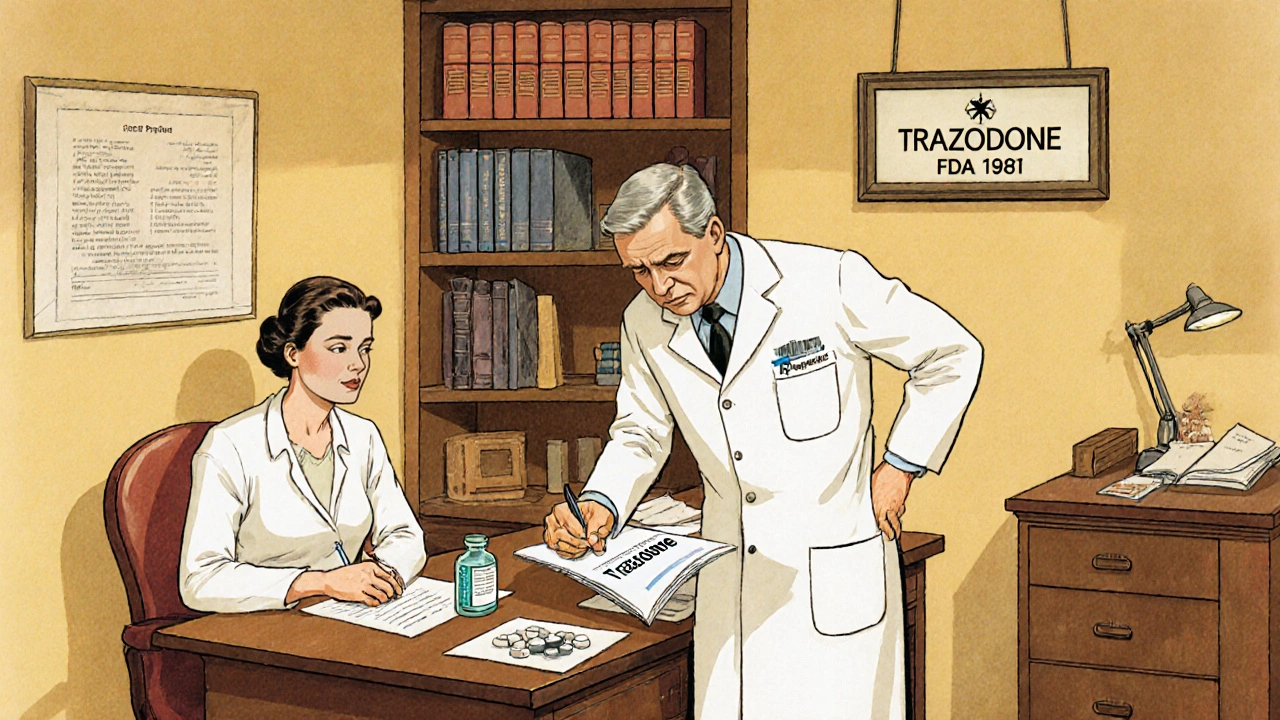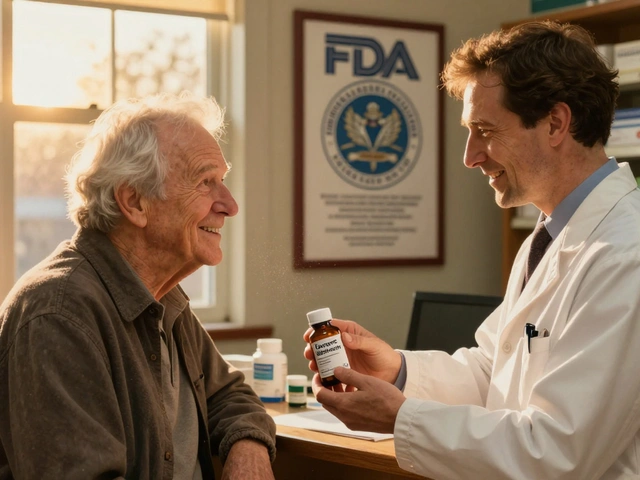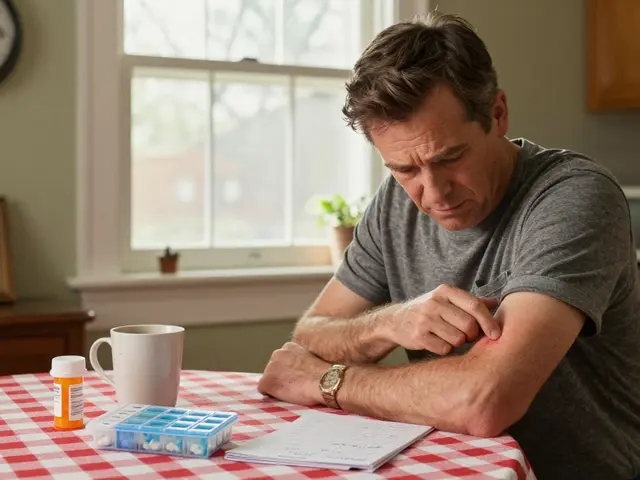Understanding trazodone side effects: what to expect and how to handle them
When dealing with trazodone side effects, the unwanted reactions that can appear while using the antidepressant trazodone. Also known as Trazodone adverse reactions, they range from mild sleepiness to serious heart issues. Most patients first notice how the drug impacts their daily routine, so spotting the early signs can save a lot of hassle.
Key side effects at a glance
In the clinic, Trazodone, a serotonin‑modulating antidepressant is praised for its ability to treat depression and insomnia, but its trazodone side effects encompass a handful of predictable patterns. Sedation tops the list – many people feel drowsy within an hour of taking a dose, especially when they take it at bedtime. Orthostatic hypotension, a sudden drop in blood pressure when standing, can lead to light‑headedness or fainting and is tied to the drug’s antihistamine properties. Sexual dysfunction, including reduced libido or difficulty achieving orgasm, shows up in up to a third of users. Less common but alarming are priapism (prolonged erections) and QT‑interval prolongation, which can affect heart rhythm.
These effects aren’t random; they stem from the way trazodone works. The medication acts as a serotonin receptor antagonist, blocking certain serotonin receptors while boosting others. That dual action influences both mood and bodily functions, creating the side‑effect profile we see. Understanding this link helps you predict which symptoms might appear when you start or change the dose.
Managing trazodone side effects doesn’t always mean stopping the drug. Simple adjustments often make a big difference. Taking the medication with food can blunt the sudden blood‑pressure dip, while scheduling the dose right before sleep reduces daytime drowsiness. Splitting the total daily dose into smaller amounts can keep the sedative effect more even. Staying hydrated and rising slowly from a seated position also lower the risk of dizziness.
However, some signals require immediate medical attention. If you experience a painful erection lasting longer than four hours, chest pain, palpitations, or a rapid, irregular heartbeat, call your doctor right away. These could indicate priapism or a cardiac arrhythmia, both of which need prompt treatment. Likewise, persistent severe nausea, vomiting, or a sudden change in mood such as heightened anxiety should be discussed with your prescriber.
Interactions with other drugs can amplify or mute trazodone side effects. Combining trazodone with other central nervous system depressants – like benzodiazepines, antihistamines, or alcohol – can increase sedation and the risk of respiratory depression. Conversely, drugs that affect heart rhythm, such as certain anti‑arrhythmics or antibiotics like erythromycin, may heighten the chance of QT prolongation. Always share a complete medication list with your healthcare team before starting or adjusting trazodone.
For patients dealing with depression, a mood disorder marked by persistent sadness and loss of interest, weighing the benefits of symptom relief against these side effects is crucial. Regular check‑ins with your doctor, a symptom diary, and open communication about how you feel can help tailor the dose to your unique needs.
Below you’ll find a curated selection of articles that dive deeper into each of these topics – from detailed explanations of specific side effects to step‑by‑step management strategies. Whether you’re a new patient, a long‑term user, or a caregiver, the resources ahead will give you practical insights to navigate trazodone therapy with confidence.
Trazodone for Depression: Is It a Viable Treatment Option?
Explore how trazodone works for depression, its benefits, dosing tips, side effects, and comparison with other antidepressants in a clear, practical guide.
Read





